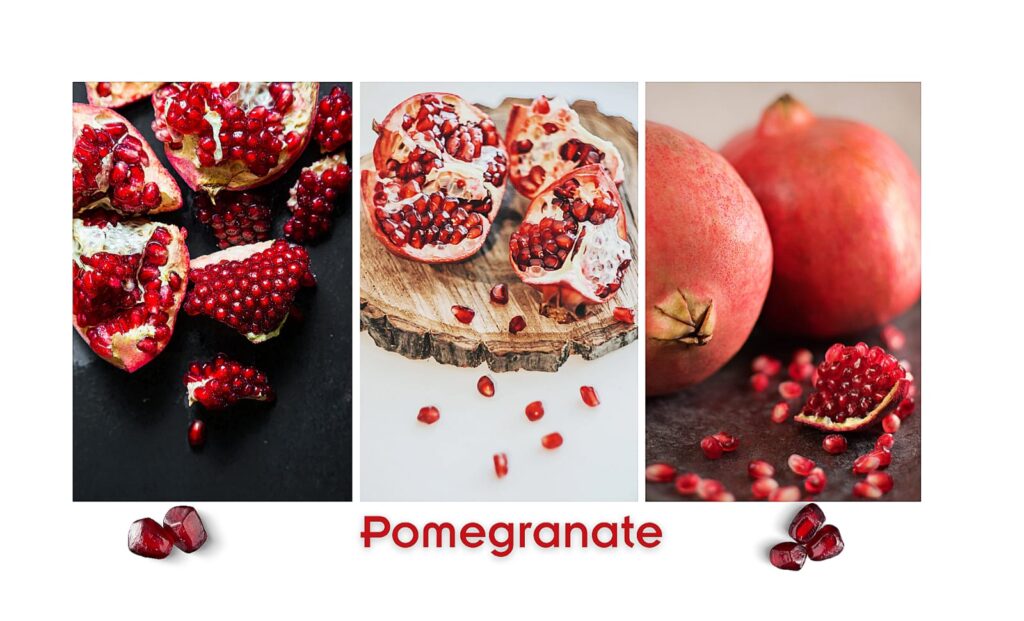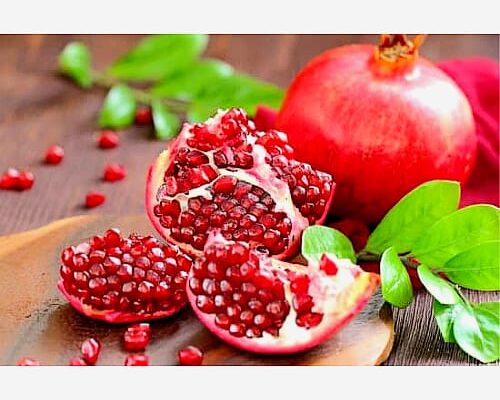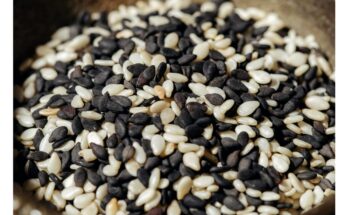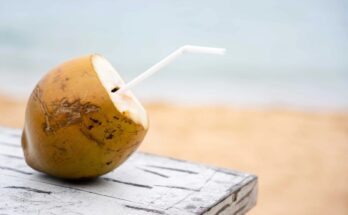The fruits are round, oblate or obovate in shape and vary in diameter from 8 to 12 cm. The spherical shaped fruits are covered by woody rind and an interior partitioned with membranous walls, containing numerous seeds. The rind may be either thick or thin, the colour varying from pale yellow to crimson. The seed pulp in superior varieties is thick, fleshy and very juicy, while in inferior ones it is thin. It ranges in colour from white and transparent in some to pale and blood red in others. The pulp taste also varies from sweet and aromatic to sour and insipid.
Nutritive Value
Sixty per cent of the fruit is edible. More than three fourths (78%) of edible portion contains moisture. The fruit (100 g) has 1.6 g of protein, 14.5 g of carbohydrates, a little fat (0.1 g) and yields 65 Kcals of energy. It is a fairly good source of B-complex vitamins like thiamine, riboflavin, niacin and minerals like iron. It is also a good source of vitamin C, phosphorus, potassium, zinc and magnesium. The sugar content increases with the age of the fruit and of the tree. Similarly, concentration of Vitamin C also increases with maturity and ripening of the fruit.
Nutritive Value of Pomegranate (100 g)
Energy (kcal) : 65
Protein (g) : 1.6
Fat (g) : 0.1
Carbohydrates (g) : 14.5
Riboflavin (mg) : 0.10
Thiamine (mg) : 0.06
Vitamin C (mg) : 16
Niacin (mg) : 0.3
Phosphorus (mg) : 70
Potassium (mg) : 133
Zinc (mg) : 0.82
Magnesium (mg) : 0.77
Calcium (mg) : 10
Iron (mg) : 0.3

Pomegranate is largely used as a dessert. The seeds along with the fleshy portions are dried and commercially marketed as Anardana and are widely used as condiment.
A delicious juice is prepared from the fruits. Fully ripe fruits yield a sweet deep coloured juice with a rich flavour. The quality of pomegranate juice is determined to a great extent by its acid and sugar contents. Glucose and fructose are the principal sugars in pomegranate juice. Maltose is also reported to be present but sucrose is usually absent. Pomegranate juice blends well with other juices. Because of high acidity, its palatability improves greatly after sweetening.
The fresh pomegranate juice is used as an ingredient of cooling and refrigerant mixtures and of some medicines for indigestion or dyspepsia. The sweet types of pomegranate are believed to be mildly laxative. The seeds or pulp help in promoting digestion and are also believed to be good for heart.
The micro-nutrient rich pomegranate endowed with unique medicinal properties has earned a special place in the fruit bowl on the dining table. (Reference : Fruits, NIN, ICMR).




